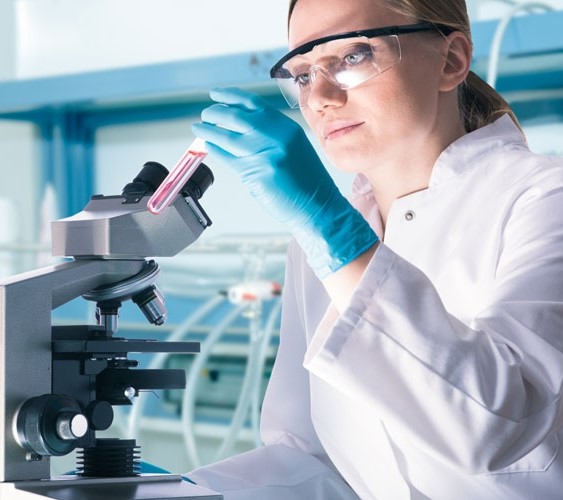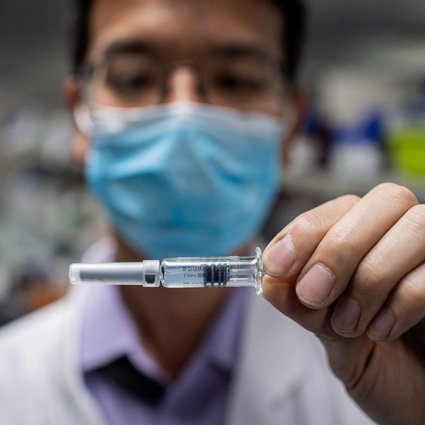Is UV - UV-C Effective For Infection Prevention And Control?

Using ultraviolet (UV) disinfection technology to reduce the risk of hospital-acquired infections eliminated up to 99.999% of pathogens in operating rooms (ORs), according to a study published in the American Journal of Infection Control.
Unlike other disinfecting tools, which include chemicals that can take minutes to inactivate pathogens and at times can leave bacteria on surfaces due to human and product error, UVD Robots can reach multiple surfaces in seconds with UV - UV-C light. A study found that it all but eliminates human and product error in the proliferation of pathogens that can contribute to the spread of pathogens that contribute to infection.

Ultraviolet light UV-C light technology will not replace manual cleaning but is commonly used for disinfection without chemicals, and clearly has found a place in health care settings. This technology can optimize environmental cleanliness, resulting in the prevention of pathogens that could potentially cause infection. Infections cost billions of dollars, and some estimates state that they cause almost 100,000 deaths each year in the United States.
UV-C light has been used for decades to disinfect industrial surfaces and sanitize drinking water. It is especially advantageous for use in hospitals because it kills the spore-forming bacterium Clostridium difficile, which is a major source of hospital-acquired infections.
The use of ultraviolet light systems is becoming more widely used in healthcare facilities for disinfecting patient rooms and operating rooms.